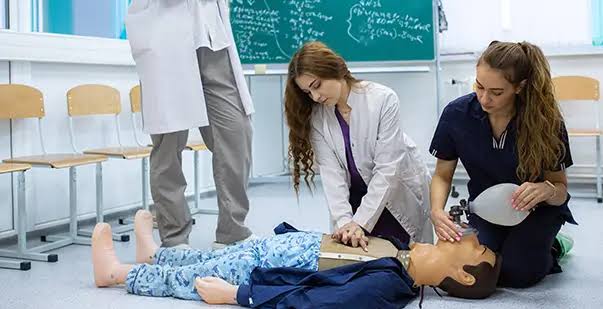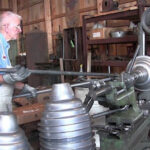Safety in schools goes beyond fire drills and security protocols — it starts with the ability to respond effectively to medical emergencies. Whether it’s a playground injury, allergic reaction, or cardiac arrest, the presence of trained staff who can administer CPR and first aid can make all the difference. Ensuring that schools are equipped with the right knowledge and resources is essential to keeping students and staff safe.
The Importance of CPR and First Aid in Educational Settings
Schools are vibrant environments where children actively participate in sports, outdoor activities, and daily classroom routines. While these contribute to learning and development, they also come with risks of accidents and sudden health emergencies. If staff are trained in CPR and first aid, they can help people right away, before emergency services come. This could save lives and lessen the severity of injuries.
Cardiopulmonary resuscitation, or CPR, is very important when someone is having a cardiac arrest. Every minute that goes by without help lowers the chances of life. A trained staff that can spot the warning signs and move quickly is very helpful for any school.
First Aid as a Mandatory Skill
Across Australia, many schools are now recognising the importance of making first aid training a standard requirement for teachers and support staff. It’s not enough to just know the basics; you need to have the courage and skills to act in the right way when things get tough. From minor cuts to asthma attacks or anaphylaxis, having the right training ensures timely and effective action.
In regions such as Wagga Wagga, access to professional training services has made it easier for schools to ensure staff are adequately prepared. Providers offering first aid Wagga Wagga courses equip educators with not just certification, but real-world skills tailored to school environments.
Creating a Culture of Safety and Readiness
Integrating CPR and first aid into a school’s emergency response plan fosters a proactive safety culture. This means having:
- Regular training and re-certification sessions
- Clearly marked first aid kits and defibrillators (AEDs)
- Assigned first aid officers within the staff
- Emergency drills that include medical response scenarios
Training doesn’t have to be limited to staff. Senior students can also benefit from age-appropriate first aid education. Empowering young people with life-saving knowledge instils responsibility and builds a safer school community overall.
Local Access to Lifesaving Training
For schools in regional areas, finding reputable training can sometimes be a challenge. Fortunately, local services such as those offering first aid Wagga Wagga training ensure that even rural and remote schools can access nationally accredited courses. These training providers typically offer flexible delivery options, on-site sessions, and programs that align with the latest government and health regulations.
These courses cover vital areas, including:
- CPR for adults, children, and infants
- Treating bleeding, burns, and fractures
- Managing asthma, diabetes, and seizures
- Recognising signs of stroke or heart attack
- Using an AED confidently and effectively
By participating in a CPR first aid course, educators and staff become better prepared to act as first responders in critical moments.
Conclusion
Health emergencies in schools can happen in an instant, but the response doesn’t have to be left to chance. With proper training in CPR, first aid, and the ability to provide first aid, school staff play a direct role in protecting the well-being of students and colleagues. Schools that prioritise training, particularly through trusted local providers such as first aid Wagga Wagga, build safer learning environments where everyone can thrive — knowing that help is always close by when it matters most.



